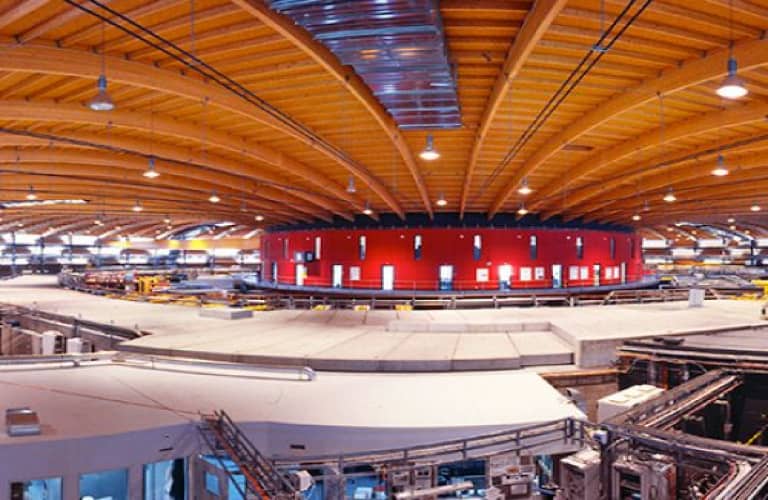Timing Distribution Optical Communication
Ultra-stable distribution of timing signals is of high importance in academic research infrastructures such as particle accelerators. The requirements of future accelerators for stable timing are expected to increase substantially. Newest generation high brightness ultrafast x-ray sources driven by free electron lasers have typically sub-10 fs requirements on the distribution of RF signals to accelerator components and laser systems.
The solution for satisfying these requirements are timing distribution systems based on fiber-optic transmission lines. These systems can provide femtosecond level synchronization between accelerator components and laser systems by taking advantage in optical communication technology and metrology. These transmission systems use ultra-low noise pulse trains from modelocked lasers as timing reference. The timing signals of the master oscillators are then transmitted via fiber-optic links to several remote end stations where the transmission delays are stabilized. Modelocked lasers or microwave oscillators are then tightly synchronized to end of the stabilized fiber links [1].



 Another example for the application of fiber-optic timing distribution links are radio telescope arrays, where many antennas have to be synchronized for accurate telescope pointing, synchronization of processing instrumentation and online manipulation of observation data
Another example for the application of fiber-optic timing distribution links are radio telescope arrays, where many antennas have to be synchronized for accurate telescope pointing, synchronization of processing instrumentation and online manipulation of observation data 